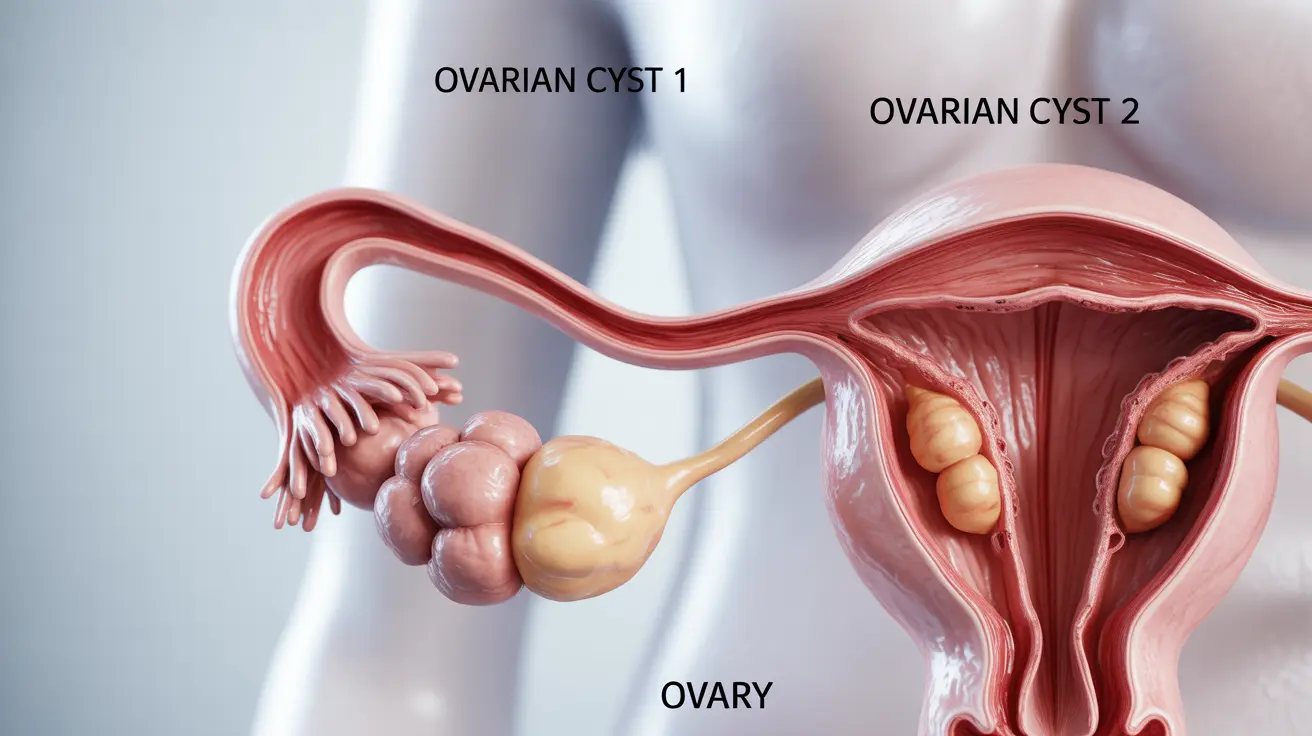Experiencing sudden stabbing pain in the pelvic area can be both frightening and concerning for women. This type of pain, which can range from sharp and intense to deeply uncomfortable, often signals that something requires medical attention. Understanding the potential causes and knowing when to seek immediate care is crucial for managing these symptoms effectively.
Common Causes of Sudden Pelvic Pain in Women
Several conditions can trigger acute pelvic pain in women, ranging from reproductive issues to digestive problems. Here are the most frequent causes:
Ovarian Cysts
Ovarian cysts are fluid-filled sacs that can develop on or within the ovaries. While many cysts are harmless and resolve on their own, a ruptured cyst can cause intense, sudden pain that may require immediate medical attention. The pain typically occurs on one side of the pelvis and can be accompanied by nausea and dizziness.
Reproductive System Infections
Pelvic Inflammatory Disease (PID) and other reproductive tract infections can cause sharp, stabbing pelvic pain. These infections often develop gradually but can sometimes present with sudden, severe symptoms. Additional signs may include fever, unusual vaginal discharge, and pain during urination.
Endometriosis
This chronic condition occurs when tissue similar to the uterine lining grows outside the uterus. While endometriosis typically causes chronic pain, it can also lead to sudden, severe pain episodes, particularly during menstruation or ovulation.
Emergency Signs and Symptoms
Some cases of sudden pelvic pain require immediate medical attention. Seek emergency care if you experience:
- Severe pain that comes on suddenly and doesn't improve
- Heavy vaginal bleeding accompanied by pain
- Fever above 101°F (38.3°C)
- Fainting or severe dizziness
- Severe nausea and vomiting
- Signs of shock, including rapid breathing and clammy skin
Diagnostic Approach and Treatment Options
Medical Evaluation
When you experience sudden pelvic pain, your healthcare provider will likely perform:
- A detailed medical history
- Physical examination
- Imaging tests (ultrasound, CT scan, or MRI)
- Blood and urine tests
- Pregnancy test if applicable
Treatment Strategies
Treatment depends on the underlying cause but may include:
- Pain medication for immediate relief
- Antibiotics for infections
- Hormonal treatments for conditions like endometriosis
- Surgical intervention for severe cases
- Physical therapy for chronic pain management
Frequently Asked Questions
What are the common causes of sudden stabbing pain in the pelvic area in women?
Common causes include ovarian cysts, pelvic inflammatory disease, endometriosis, urinary tract infections, and menstrual cramps. Some women may also experience pelvic pain due to gastrointestinal issues or muscle strain.
How can I tell if sudden pelvic pain is an emergency that requires immediate medical attention?
Seek immediate medical care if you experience severe, unbearable pain, heavy bleeding, fever, fainting, severe nausea and vomiting, or signs of shock. Additionally, if the pain is accompanied by pregnancy symptoms, seek emergency care immediately.
What are the symptoms and treatment options for a ruptured ovarian cyst causing sharp pelvic pain?
A ruptured ovarian cyst typically causes sudden, sharp pain on one side of the pelvis, along with nausea and dizziness. Treatment may include pain medication, rest, and monitoring. Severe cases might require surgical intervention.
Can infections like pelvic inflammatory disease or urinary tract infections cause stabbing pelvic pain in females?
Yes, both PID and UTIs can cause stabbing pelvic pain. PID often causes deep pelvic pain, while UTIs typically cause burning pain during urination and lower abdominal discomfort. Both conditions require antibiotic treatment.
How is endometriosis related to sudden stabbing pelvic pain, and what treatments are available?
Endometriosis can cause sudden, severe pelvic pain, especially during menstruation or ovulation. Treatment options include pain medications, hormonal treatments like birth control pills, and minimally invasive surgery in severe cases. Lifestyle changes and physical therapy may also help manage symptoms.




